Slava Ukraini! In early 2022 I began a Telegram channel aggregating news from a number of sources daily on the war in Ukraine. In June 2023 I began providing a daily draft for the Ukraine War Brief Podcast collecting news from over 70 sources daily, which formed the basis of the script. While the Podcast no longer exists I have continued to make this Brief available for my followers here on Substack for those who wish to keep up with the news from the war.
All the latest news on the Russo-Ukraine War 6 days per week
ALONG THE CONTACT LINE
GSAFU Morning Report
The General Staff of the Armed Forces of Ukraine in its Operational Information update at 22:00 on Dec 16 stated that day 1028 of the full-scale invasion of the Russian Federation against Ukraine was about to begin.
During the past day, 226 combat engagements took place. Over the past 24 hours, the enemy carried out 24 air strikes, 570 drone strikes and more than 3,700 artillery strikes across the positions of Ukrainian forces.
At the same time, Ukrainian soldiers continue to inflict losses in manpower and equipment on the occupying troops, exhausting the enemy along the entire front line and continue to disrupt the plans of Russian occupiers to advance deeper into the territory of Ukraine.
Air Force Daily Report
20 ENEMY UAVS WERE SHOT, ANOTHER 10 DROIDS DID NOT REACH THEIR TARGETS (LOCATIONALLY LOST)
➖➖➖➖➖➖➖➖➖
On the night of December 17, 2024 (from 11:00 p.m. on December 16), the enemy will attack Ukraine with the 31st attack UAV of the “Shahed” type and drones of other types from the Bryansk and Oryol regions - Russia.
The air attack is being repelled by aviation, anti-aircraft missile troops, electronic warfare units, and mobile fire groups of the Air Force and Defense Forces of Ukraine.
As of 12:00, it was confirmed that 20 Shahed attack UAVs and other types of drones were shot down in Poltava, Sumy, Kyiv, Zhytomyr, and Cherkasy regions.
Due to active countermeasures by the Defense Forces, 10 enemy drones did not reach their targets (lost their location). One UAV was in the air!
No hits were recorded, and no information was received regarding damage or casualties.
Combat work continues! Data may be updated.
The Russian Border Incursion
The GSAFU reported that over the previous day Defense Forces of Ukraine continued its operation in Kursk, where the enemy carried out 72 assaults of Ukrainian units positions during a day, with 5 clashes still ongoing. The enemy made 6 air strikes and carried out 293 artillery strikes.
The Institute for the Study of War (ISW), a US based think tank, in its Dec 16 Russian Offensive Campaign Assessment reported that Russian forces recently advanced in the main Ukrainian salient in Kursk Oblast amid continued fighting in the area on Dec 16. Geolocated footage published on Dec 15 indicates that Russian forces recently advanced in fields southwest of Nechaev (northeast of Sudzha), and Russian forces have likely seized Nechaev and Nizhnyaya Parovaya (immediately east of Nechaev).
Russian milbloggers claimed that Russian forces also advanced near Guyevo (south of Sudzha) and 1.5 kilometers in depth north of Russkoye Porechnoye (southwest of Nechaev), but ISW has not observed confirmation of these claims. Russian forces also continued offensive operations east of Kremyanoye (east of Korenevo), south of Novoivanovka (southeast of Korenevo), northwest of Plekhovo (south of Sudzha) towards Kurilovka, and near Cherkasskaya Konopelka (southeast of Sudzha). A Russian milblogger claimed on December 15 that Ukrainian forces conducted a mechanized counterattack near Novoivanovka. Elements of the Russian 56th Airborne (VDV) Regiment (7th VDV Division) reportedly participated in the seizure of Novoivanovka, and elements of the Russian 810th Naval Infantry Brigade (Black Sea Fleet [BSF], Southern Military District [SMD]) reportedly continue to operate in Kursk Oblast.
The Khortytsia operational-strategic group
(Responsible for the northeastern part of Ukraine. )
Kharkiv Sector: In this sector, over the last day, there has been no significant change in the combat environment.
Kupyansk Sector: Russian Forces carried out 3 offensive actions against Ukrainian defensive positions near Kucherivka, Zahryzove and Lozova.
Lyman Sector: Russian Forces carried out 15 offensive actions against Ukrainian defensive positions near Kopanky, Novoiehorivka, Tverdokhilbove, Cherneshchyna, Hrekivka, Makiivka, Terny and the Serebryanskyy Forest.
Siversk Sector: Over the last day Russian forces carried out 7 offensive actions against Ukrainian defences in the vicinity of Bilohorivka, Verkhnokamianske. Ivano-Darivka and Vyimka. 3 engagements are ongoing.
Kramatorsk Sector: Russian forces carried out 6 unsuccessful offensive actions against Ukrainian defences in the vicinity of Orikhovo-Vasylivka, Chasiv Yar and Stupochky.
Toretsk Sector: Over the last day Russian forces carried out 11 offensive actions with air support near Toretsk and Shcherbynivka. 2 engagements are ongoing.
The Tavria operational-strategic group
(Responsible for the central-eastern and southeastern part of Ukraine.)
Pokrovsk Sector : Over the last day, Russian Forces carried out 46 offensive actions against Ukrainian defensive positions mainly in the vicinity of Lysivka, Dachenske, Zelene, Pishchane, Novotroitske, Novoolenivka and Ukrainka. 8 engagements are ongoing.
Kurakhove Sector: Russia conducted 29 offensive actions over the last day in the vicinity of Sontsivka, Stari Terny, Kurakhove and Yantarne. 10 engagements are ongoing.
Vremivka Sector: Russian forces made 22 attempts to break through Ukrainian defences in the vicinity of Novodarivka, Makarivka, Blahodatne, Neskuchine, Novyi Komar, Rozdolne, Sukhi Yaly and Kostiantynopolske. 5 engagements are ongoing.
Orikhiv Sector: Russian forces made 4 attempts to break through Ukrainian defences in the vicinity of Novoandriivka.
The Odesa operational-strategic group
(Responsible for Kherson, Qırım, (also known as Crimea) and the Black Sea.)
Prydniprovsk Sector: In this sector, over the last day, there has been no significant change in the combat environment. Russian forces made 3 unsuccessful attempts to dislodge Ukrainian units from their positions.
TEMPORARILY OCCUPIED TERRITORIES
Nothing major to report.
THE HOME FRONT
Ukrainian Defense Ministry to investigate alleged abuse of service members in engineering brigade.
Defense Minister Rustem Umerov on Dec. 16 ordered an investigation into the alleged abuse, extortion, and humiliation of soldiers in the 211th Pontoon Bridge Brigade by their commanders, the Kyiv Independent reports.
The announcement comes after Ukrainska Pravda reported that the unit's officers have beaten service members, extorted money from them, and even tied one soldier to a wooden cross as a punishment.
Umerov ordered the ministry's main inspectorate to investigate Ukrainska Pravda's revelations, adding that such behavior would be "unacceptable in the third year of the war."
"My position as a minister is clear: all those responsible must be punished."
Defense Ministry spokesperson Dmytro Lazutkin said that the department had not received any reports of abuse of soldiers in the brigade. He described the commanders' alleged behavior as "shameful" and "contradicting the basic principles of building a modern Ukrainian army."
At the same time, Lazutkin said these cases do not happen on a "massive" scale.
"The Ukrainian military consists of over a million service members. Various cases happen. We had no information about these cases," Lazutkin told Radio Free Europe/Radio Liberty.
In response to the media investigation, Commander-in-Chief Oleksandr Syrskyi also ordered an inspection and suspended Colonel Oleh Poberezhniuk, the brigade commander.
State prosecutors have initiated an investigation into a possible abuse of power by the unit's officers.
Poberezhniuk was also charged with abuse of office after he allegedly had four of his subordinates help build his house in Khmelnytskyi Oblast in the fall of 2023. While performing the service for Poberezhniuk, the four service members received full salaries and combat payments and were officially listed in a working visit to Mykolaiv Oblast.
The 211th Brigade, formed in August 2023, performs engineering work, builds defenses in the rear, and does not participate in direct combat.
According to Ukrainska Pravda, the cases of abuse surfaced after the start of official checks in the spring of 2024.
The outlet's sources named now-Captain Vladyslav Pastukh, Poborezhniuk's godson and the son of the unit's chief of staff, as one of the main perpetrators. The officer was said to have extorted money from soldiers on account of being related to the unit's most senior officers.
Though Pastukh no longer serves in the unit, the media investigation identified almost a dozen cases of fathers and sons or husbands and wives serving together in the 211th Brigade.
The revelations come as Ukraine faces mounting challenges in replenishing the ranks of its Armed Forces, facing low enlistment rates and even cases of desertion. Mykhailo Drapatyi, the new commander of the Ground Forces, recently announced wide-ranging reforms focusing on recruitment and training.
RUSSIAN WORLD
Ukraine kills Russian chemical weapons chief Igor Kirillov in Moscow
A top Russian general accused by Ukraine of being responsible for the use of chemical weapons against Ukrainian troops was assassinated in Moscow by Ukraine's SBU intelligence service on Tuesday morning in the most high-profile killing of its kind. Reuters reports.
Lieutenant General Igor Kirillov, who was chief of Russia's Nuclear, Biological and Chemical Protection Troops, was killed outside an apartment building along with his assistant when a bomb hidden in an electric scooter went off, Russia's Investigative Committee, which probes serious crimes, said.
An SBU source confirmed to Reuters that the Ukrainian intelligence agency had been behind the hit. "The liquidation of the chief of the radiation and chemical protection troops of the Russian Federation is the work of the SBU," the source said.
The source said that a scooter containing explosives was detonated, killing both Kirillov and his aide, as they stepped out of a building on Ryazansky Prospekt in Moscow.
Unverified video footage of the attack circulating on social media showed two men exiting the building to get into a car followed by a large explosion as the two men remained on the pavement. Reuters could not independently verify the footage.
Kirillov, 54, is the most senior Russian military officer to be assassinated inside Russia by Ukraine and his murder is likely to prompt the Russian authorities to review security protocols for the army's top brass and to find a way to avenge his killing.
Former president Dmitry Medvedev, now a senior Russian security official, was cited by the state RIA news agency as saying that Ukraine's military and political leadership now faced imminent revenge for Kirillov's murder.
Moscow holds Ukraine responsible for a string of high-profile assassinations on its soil designed to weaken morale and punish those Kyiv regards guilty of war crimes. Ukraine, which says Russia's war against it poses an existential threat to the Ukrainian state, has made clear it regards such targeted killings as a legitimate tool.
Reuters photographs and video from the scene showed a shattered entrance to an apartment building with bomb-blackened bricks and the doors hanging off their hinges and what looked like two bodies lying beneath black plastic sheets on the snow.
Investigators said they had opened a criminal case into the murder of two servicemen. Law enforcement sources told Russian media a terrorism case was likely to be opened.
Russia has lost over 3,600 tanks in its invasion of Ukraine.
The UK Ministry of Defence in their Dec 17 Intelligence Update on Ukraine stated that Russian military equipment losses in Ukraine continue to increase. Russia has lost more than 3,600 main battle tanks and almost 8,000 armoured vehicles since Feb 2022.
This has led to a reliance on outdated and poorly maintained Soviet-era equipment from strategic storage depots. Armoured equipment is being hauled out of storage, upgraded where possible and sent to the front line.
Images confirm a significant reduction in the number of armoured vehicles at tank bases in Arsenyev, Buy and Ulan-Ude since 2022.
Ukrainian rear area strikes force Russia to redeploy air defence assets.
The Institute for the Study of War (ISW), a US based think tank, in its Dec 16 Russian Offensive Campaign Assessment reported that Russian Defense Minister Belousov notably acknowledged that Ukrainian strikes on the Russian rear have forced Russian military authorities to respond by taking "priority measures" to protect arsenals and fuel depots and reviewing how Russian forces organize and disperse storage and logistics bases.
Several Russian milbloggers and insider sources praised Belousov's speech and noted that it is reflective of a new era of Russian MoD leadership that aims to eliminate the bureaucratic barriers and inefficiency characteristic of Shoigu's MoD. Milbloggers also noted that Belousov does not cover up issues but is willing to discuss shortcomings within the Russian military, such as obliquely acknowledging that Ukrainian strikes on the Russian rear have driven Russian command to make difficult decisions—praise that contrasts with a common critique of Shoigu and the policies he encouraged while at the head of the MoD.Shoigu long faced accusations of corruption, bureaucratic inertia, and organizational incompetence, and Belousov appears to be trying to set himself apart from that legacy.
Russian Defence Minister’s statements reveal Russia is recruiting just enough to replace casualties but not to organize new units.
The Institute for the Study of War (ISW), a US based think tank, in its Dec 16 Russian Offensive Campaign Assessment reported that Russian Defense Minister Belousov’s statements confirm that the Russian military is recruiting just enough military personnel to replace its recent casualty rates, but intensified offensive operations have and will likely continue to strain the efficacy of Russia's cryptomobilization efforts.
Belousov claimed that the Russian military has recruited over 427,000 volunteer servicemembers so far in 2024, a daily average of more than 1,200 people. US Defense Secretary Lloyd Austin stated on Oct 31 that Russian forces are suffering roughly 1,200 casualties per day, and the UK Ministry of Defense (MoD) recently observed that Russian forces suffered record-high casualty rates in November 2024 with an average 1,523 casualties per day – notably higher than Belousov's claimed 1,200 recruits per day.
Russian opposition outlet Vazhnye Istorii reported on December 16 that data from federal budget expenditures on one-time payments to those who sign military service contracts with the Russian MoD indicate that between 215,700 and 249,000 people signed contracts in the first three quarters of 2024. Vazhnye Istorii noted that the Russian government has not published data from the fourth quarter of 2024 yet but that at least 178,000 people would have had to have signed contracts between October 2024 and mid-December 2024 in order to reach Belousov's 427,000 figure. ISW cannot independently verify Russia's recruitment rates, and the Russian government may be delaying or even refusing to pay one-time payments to recruits such that the expenditure data does not reflect actual recruitment rates.
ISW has recently observed indications that the Russian military has been struggling to recruit enough soldiers to replace its frontline losses. Continued intensified offensive operations in Ukraine, particularly in western Donetsk Oblast, have put an unsustainable strain on Russia's force generation apparatus and economy. Russian authorities will likely have to balance mounting personnel losses and the growing pressure to enact a deeply unpopular partial involuntary reserve callup.
Stricken oil tankers show risks of Russia's ageing 'shadow fleet'
Russian authorities sought to limit the damage on Monday from oil spilled into the Kerch Strait by two ageing tankers that were damaged during a heavy weekend storm, highlighting the environmental and insurance risks of Russia's 'shadow fleet'. Reuters reports.
One crew member was killed after the Volgoneft 212 split in half, with 12 rescued, while authorities said all 14 crew aboard the Volgoneft 239, which ran aground 80 metres from the shore near the port of Taman, were also rescued.
The more than 50-year-old ships were carrying some 9,200 metric tons (62,000 barrels) of oil products in total, Russian news agency TASS said, but how much leaked is being determined.
Volgoneft 212 dates back to 1969 and Volgoneft 239 was built in 1973, certificates seen by Reuters showed.
The spill could become one of the largest environmental disasters to affect the region in recent years, although the scale of possible insurance claims was not immediately clear.
The shipping industry has raised concern in recent months over the risks and potential for collisions posed by hundreds of "shadow" tankers in open sea lanes, with little incentive for these vessels to follow cleaner shipping standards.
Russia has increasingly used a shadow fleet, which deploys various techniques to bypass international sanctions.
INTERNATIONAL NEWS
German Chancellor Olaf Scholz loses confidence vote
German Chancellor Olaf Scholz has lost a vote of confidence in parliament, paving the way for early elections on 23 February. BBC reports.
Scholz called Monday's vote and had expected to lose it, but calculated that triggering an early election was his best chance of reviving his party's political fortunes.
It comes around two months after the collapse of Scholz's three-party coalition government, which left the embattled chancellor leading a minority administration.
Ahead of Monday's vote, Scholz said it would now be up to voters to "determine the political course of our country", teeing up what is likely to be a fiercely fought election campaign.
Losing Monday's no-confidence vote was the outcome Scholz had wanted. Thanks to the loss, elections can now happen in February, rather than in September as originally scheduled.
There were 207 MPs, mainly from his own party, who voted for Scholz, while 394 voted against him and 116 abstained.
Since Scholz's argumentative three-party governing coalition collapsed in November, he had been reliant on support from the opposition conservatives to pass any new laws, effectively rendering his administration a lame-duck government.
Given Germany's stalled economy and the global crises facing the West, staggering on until the scheduled election date of September 2025 risked being seen as irresponsible by the electorate.
Scholz's Social Democratic Party (SDP) is trailing heavily in opinion polls, while the conservative Christian Democratic Union (CDU) under Friedrich Merz appears to be on course for a return to government.
Opening the debate ahead of Monday's vote, Scholz said the snap election was an opportunity to set a new course for the country and called for "massive" investment, particularly in defence, while Merz said more debt would be a burden for younger generations and promised tax cuts.
Scholz's decision to stage a vote he expected to lose in order to dissolve his own government was described as a "kamikaze" move by the German tabloid Bild - but it is generally the only way a German government can dissolve parliament and spark early elections.
This vote of confidence is not a political crisis in itself: it is a standard constitutional mechanism that has been used by modern German chancellors five times to overcome political stalemate - and one Gerhard Schröder deployed on two occasions.
Germany's party political system has become more fragmented, with more parties than ever in parliament. The new upstart political forces are also more radical.
In 2017, the far-right Alternative for Germany (AfD) entered the Bundestag for the first time, winning 12.6%. In 2021, it slipped to 10.4%, but is now polling at almost 20%.
Grumpy Here - One major issue has been Scholz stubborn refusal to allow Ukraine the use of Taurus cruise missiles. His political opponent Mertz has promised that his government would reverse that decision.
UK sanctions 20 Russian 'shadow fleet' tankers, announces financial aid to Ukraine
The United Kingdom sanctioned 20 vessels of Russia’s "shadow fleet" and pledged 35 million pounds ($44 million) in aid to repair Ukraine’s energy grid, the Kyiv Independent reports citing the British government on Dec. 17.
Russia's shadow fleet is composed of semi-legal cargo ships transporting Russian products around the globe in violation of international sanctions.
The U.K. sanctions follow similar restrictions imposed by the EU, which recently banned 52 vessels transporting Russian oil above the $60-per-barrel price cap from accessing EU ports and services
According to estimates, 70% of Russia’s seaborne oil exports are transported by such old and poorly insured tankers, fuelling the Kremlin’s war chest and posing a grave danger to the environment.
This was exemplified by two tankers reportedly going under due to severe weather conditions in December in the Kerch Strait, carrying approximately 4,000 tons of fuel oil on board each.
The Ocean Faye, Andaman Skies, and Mianzimu are among the 20 newly sanctioned ships, the British government said. Each will have carried more than 4 million barrels of Russian oil by the end of 2024.
With the latest measures, the U.K. has sanctioned over 100 ships for transporting Russian energy, 93 of which are oil tankers.
"As (Russian President Vladimir) Putin's oil revenues continue to fuel the fires of his illegal war, Ukrainian families are enduring cold, dark nights, often without heating, light or electricity, targeted by Russia's relentless missile attacks," British Prime Minister Keir Starmer said.
The newly pledged 35 million pounds will be used to " carry out vital repairs to the electricity transmission network and provide further power generation capacity and critical protection for energy infrastructure,” the statement read.
Russia has repeatedly targeted Ukraine's power grid with mass drone and missile attacks, most recently on Dec. 13, heavily damaging energy infrastructure as the winter sets in.
MILITARY & TECH
Ukraine and Czech Republic complete development of jet engine for drones
The Ukrainian enterprise Ivchenko-Progress, together with the Czech company PBS, has completed the development of the AI-PBS-350 jet engine and has probably already launched its production. Militarnyi reported on Dec 16 citing an announcement by Pavel Čechal, Managing Director of the PBS Group.
In July of this year, PBS presented at the Farnborough Air Show a completed model of the AI-PBS-350 engine, which was developed in cooperation with the Ukrainian state-owned enterprise Ivchenko-Progress.
The new engine, which was announced in June last year, was optimized specifically for use in unmanned aerial vehicles and other military developments.
According to Čechal, the start of mass production at the company’s facilities in Velká Bíteš (Czech Republic) is expected in the first half of 2025. Initially, it will be about dozens of units per year, with a further reaching of the planned volumes of hundreds of units.
He noted that the deliveries of AI-PBS-350 were possible, as their production was deployed at Ukrainian enterprises.
When asked about the possibility of exporting the engines to foreign customers, Čechal said that Ukraine’s needs were a priority. However, the cooperation between the two companies is developing rapidly, so Czech facilities will soon be able to supply the global market.
Bradleys outperform Russian-made infantry combat vehicles.
Valerii Markus, a well-known Ukrainian veteran and author, has credited modern American armored vehicles with saving hundreds of Ukrainian soldiers’ lives. Defence Blog reports.
In a recent video address, Markus highlighted the life-saving role of U.S.-supplied infantry fighting vehicles (IFVs) and MaxxPro armored personnel carriers, contrasting them with older Russian-made vehicles.
“We had losses that were tens of times lower than they could have been, but this is thanks to Biden, Zelenskyy, and Zaluzhnyi—not the brigade’s command,” Markus said. He emphasized that while commanders at the platoon and squad levels made critical decisions on the ground, the advanced capabilities of the Bradley IFVs played a vital role.
Markus’s comments also included sharp criticism of the 47th Separate Mechanized Brigade’s leadership, which he linked to the challenges faced in Ukraine’s counteroffensive. The operation, a major effort by the Armed Forces of Ukraine, encountered numerous obstacles, some attributed to command decisions.
Despite these setbacks, Markus praised the survivability and combat-readiness of U.S.-made vehicles, describing them as better suited for modern warfare compared to the Russian-made BMPs and BMDs he operated during earlier war operations from 2014 to 2016.
The Bradley IFVs have been a game-changer for Ukrainian forces. Known for their robust armor and advanced weapons systems, the vehicles have not only saved lives but also demonstrated combat prowess. Bradley even destroyed a Russian T-90M “Proryv” tank—one of Russia’s most advanced armored vehicles.
That’s it for today’s Brief folks if you would like to keep up with events in Ukraine daily please consider subscribing.
Feel free to share this update with your friends. Heroyam Slava!







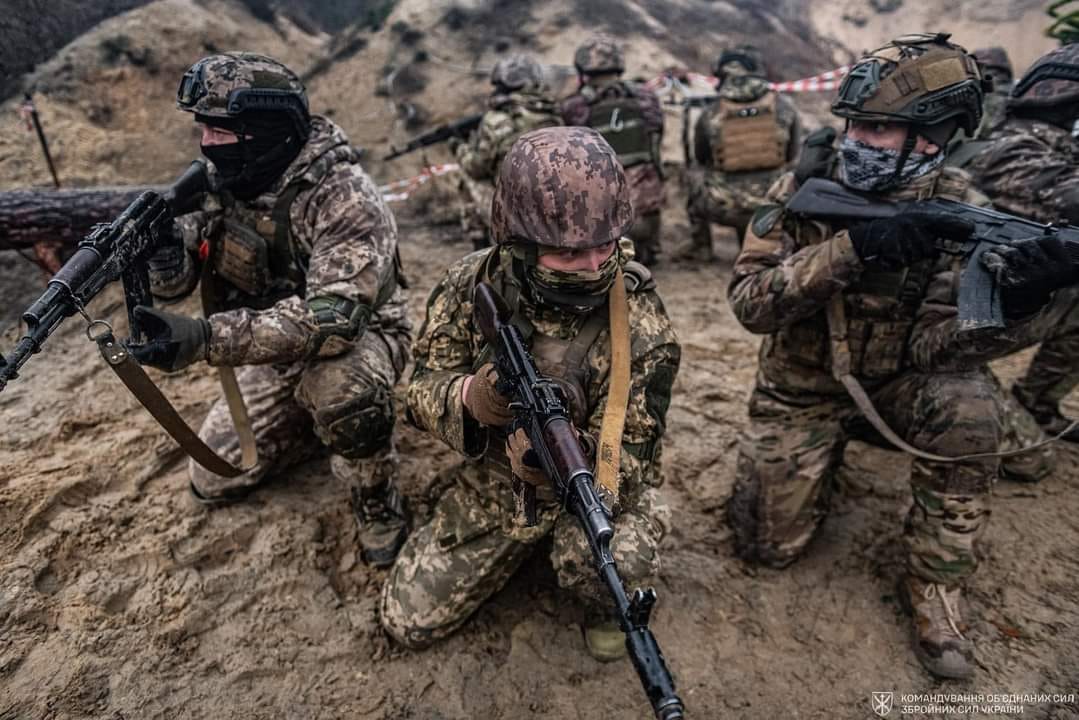
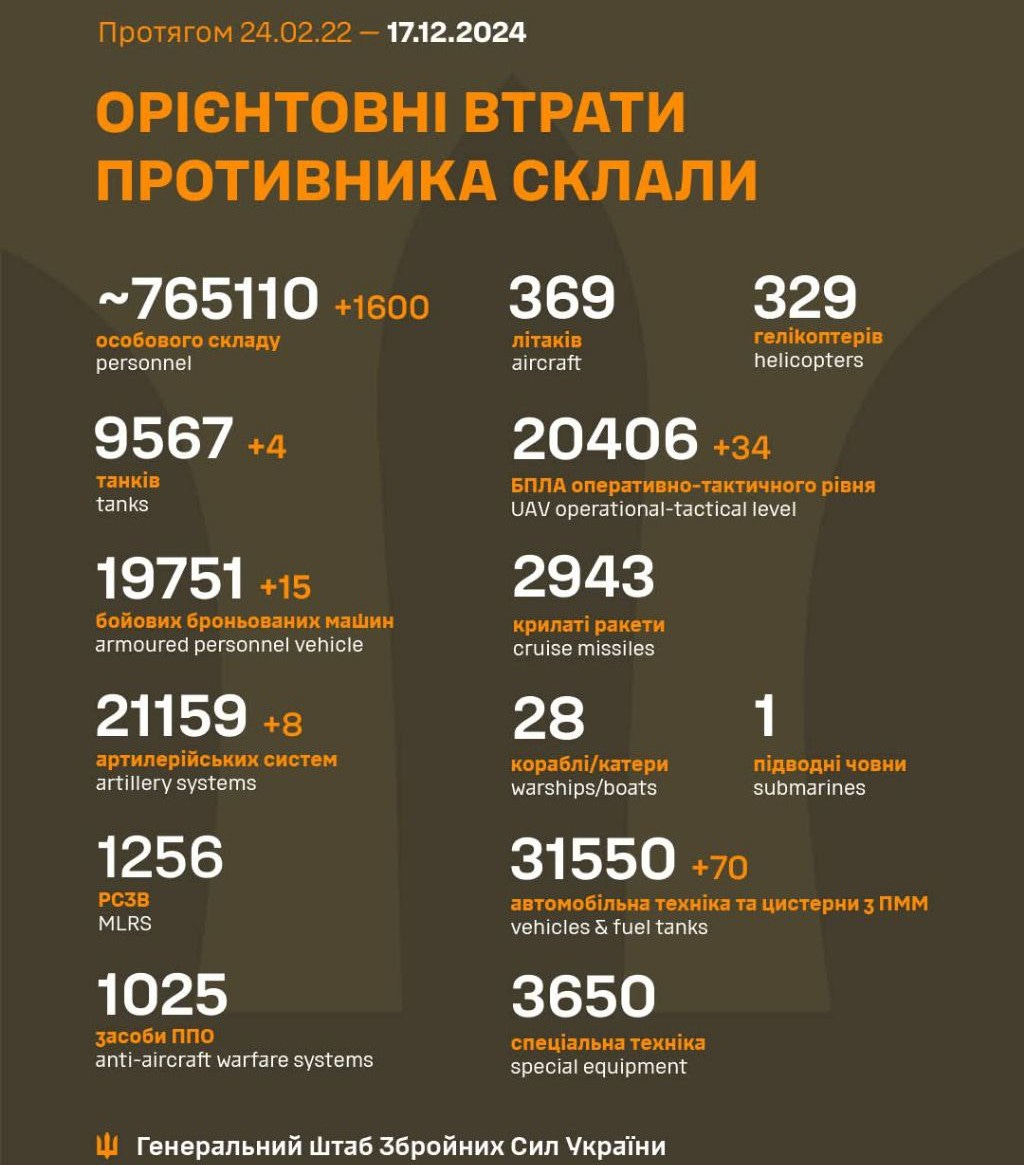
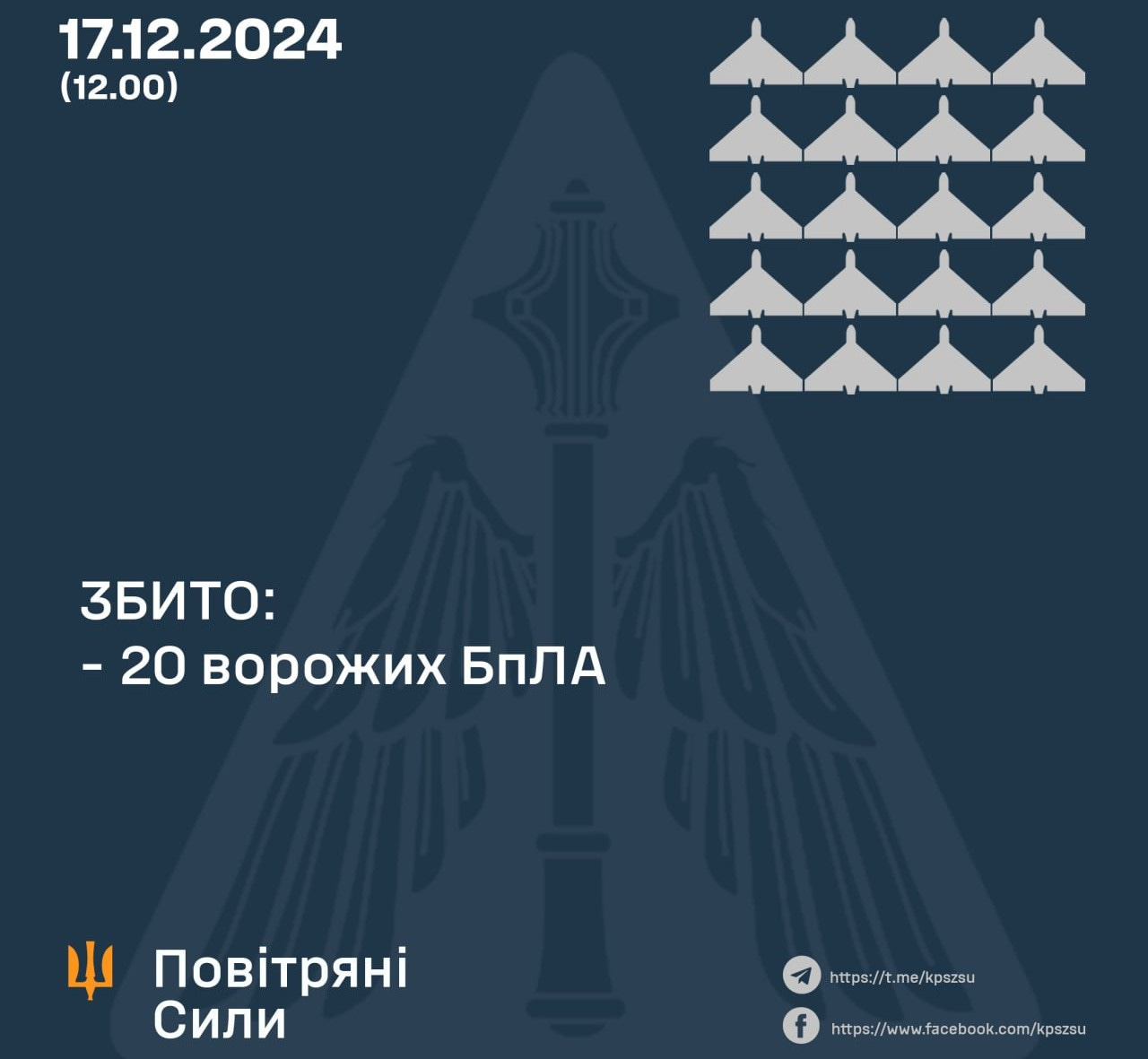

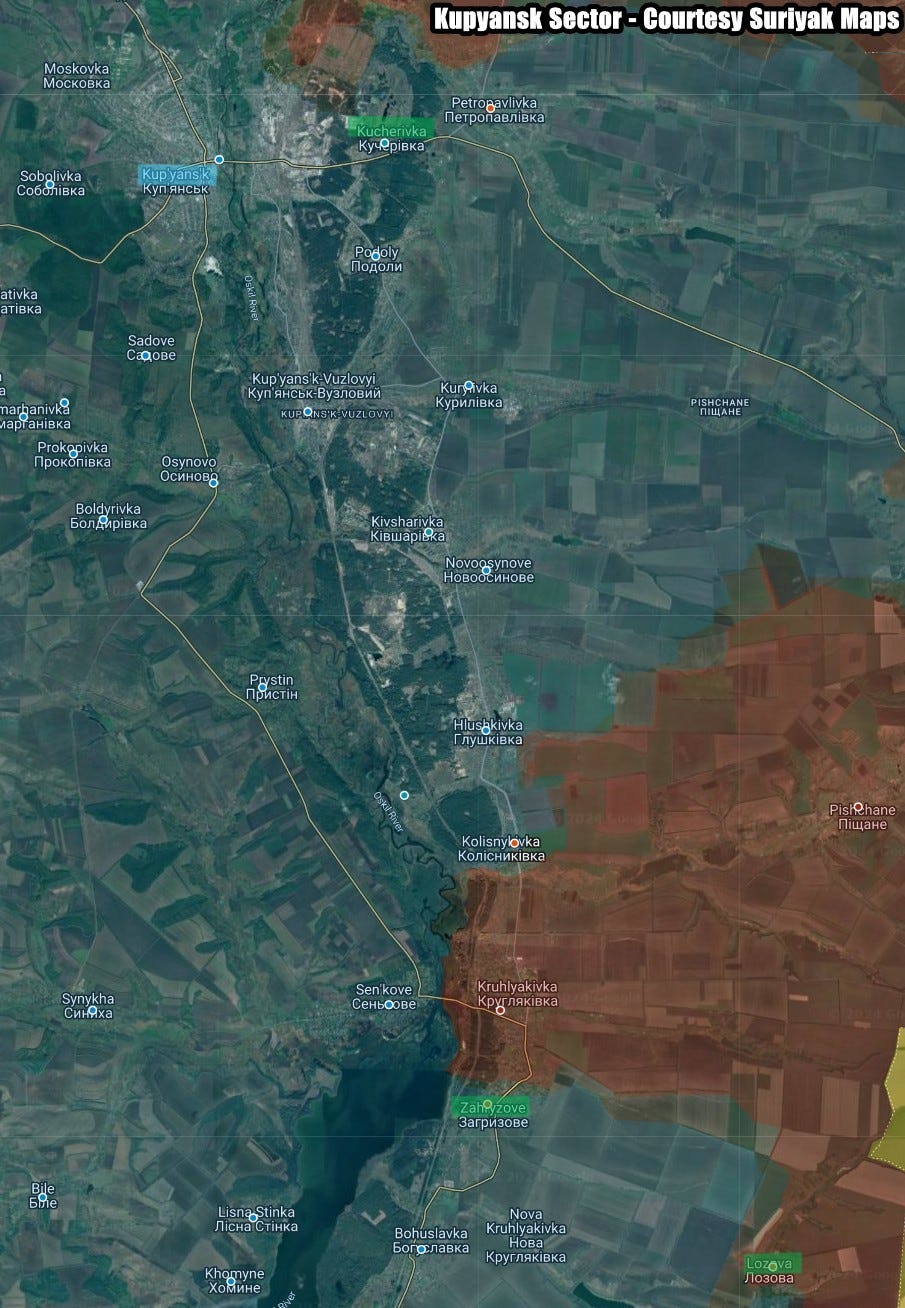
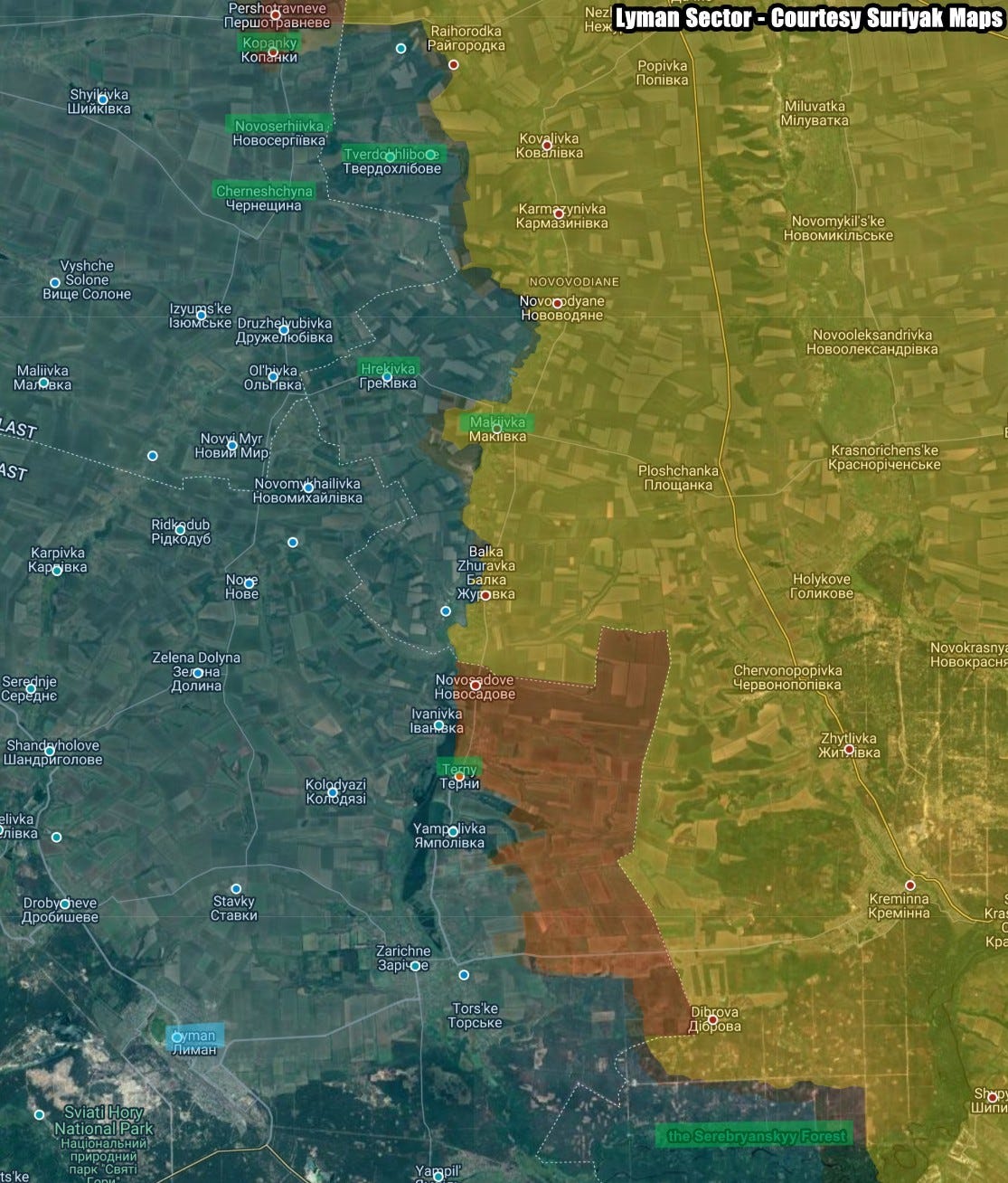
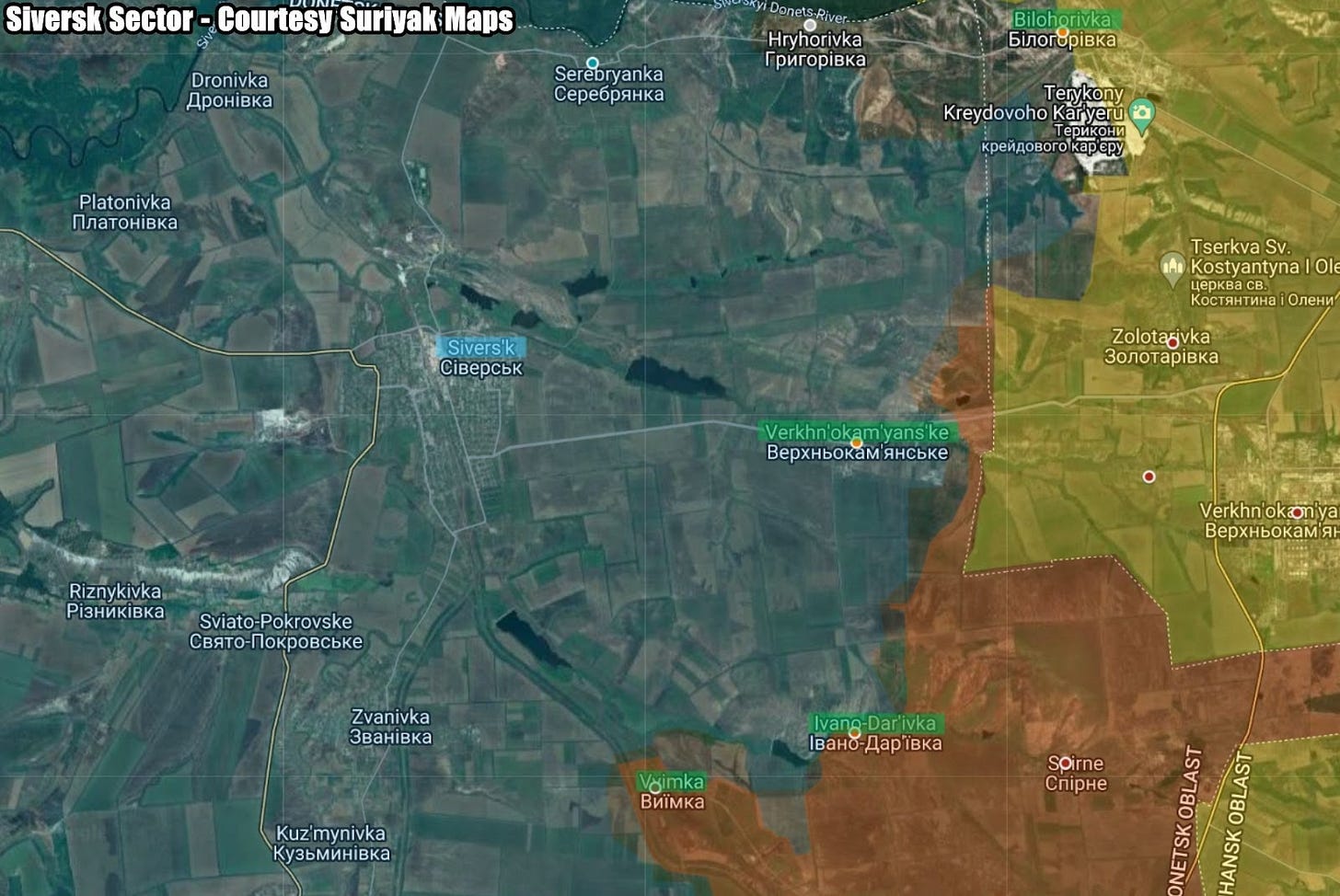
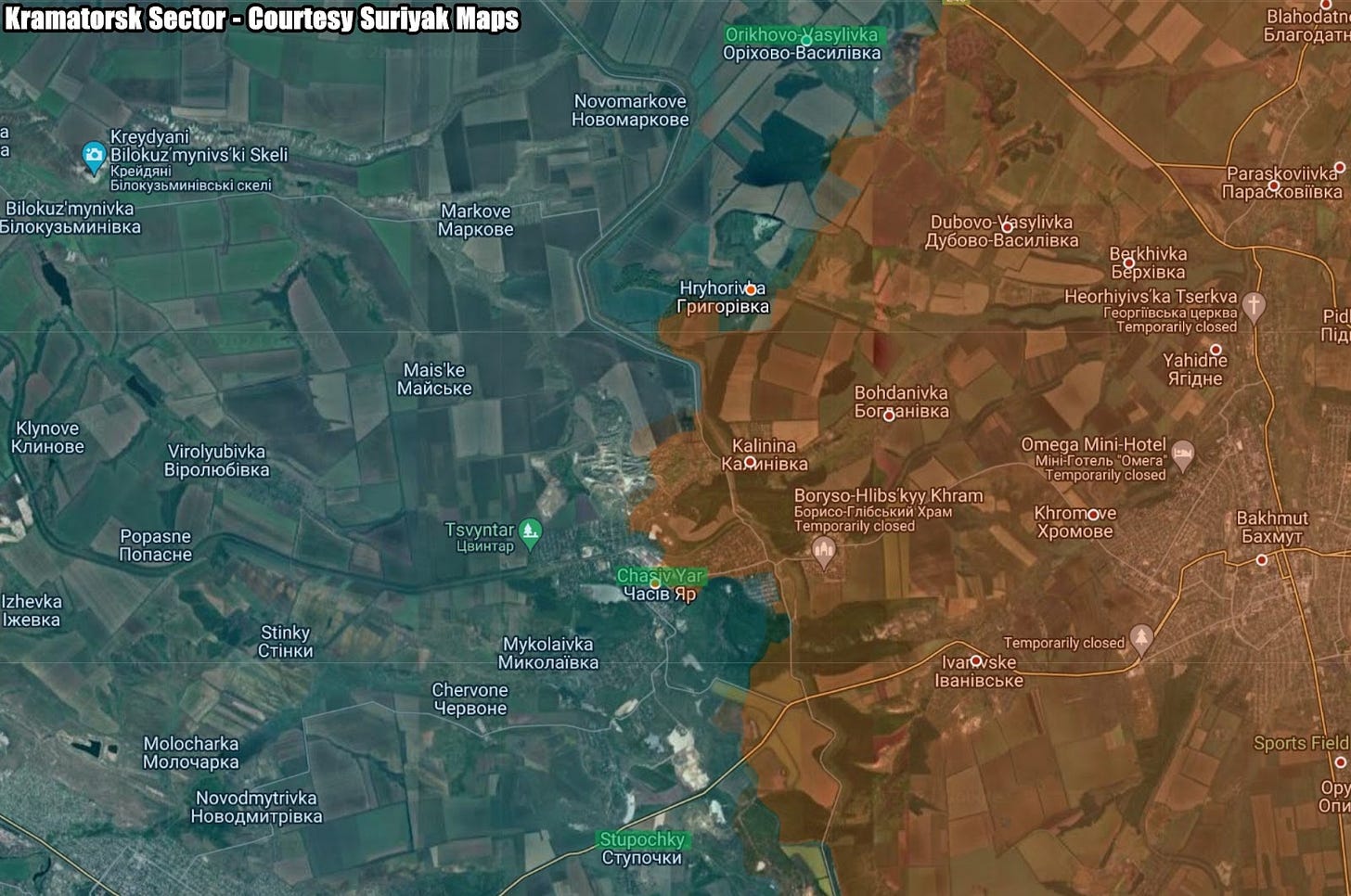
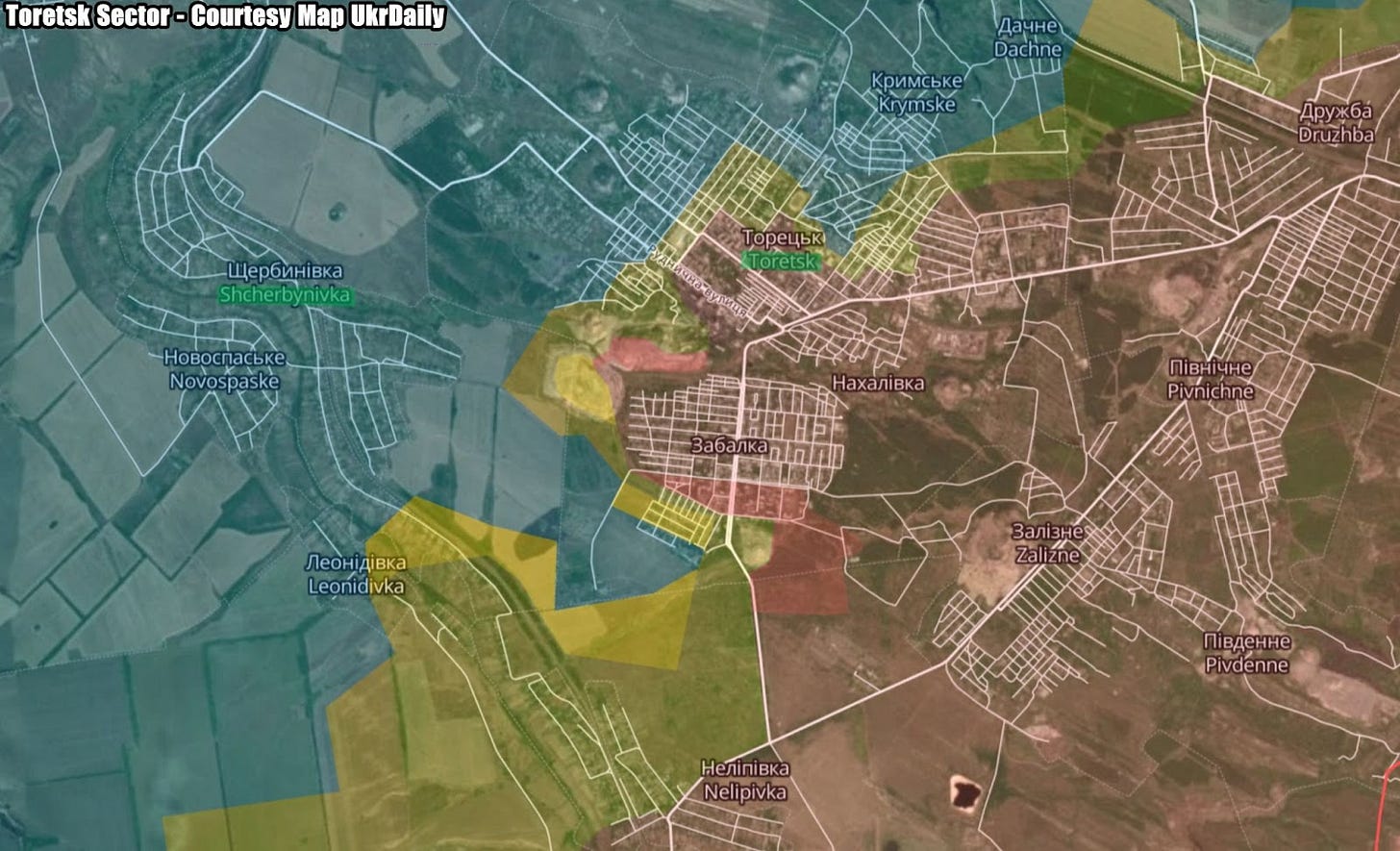
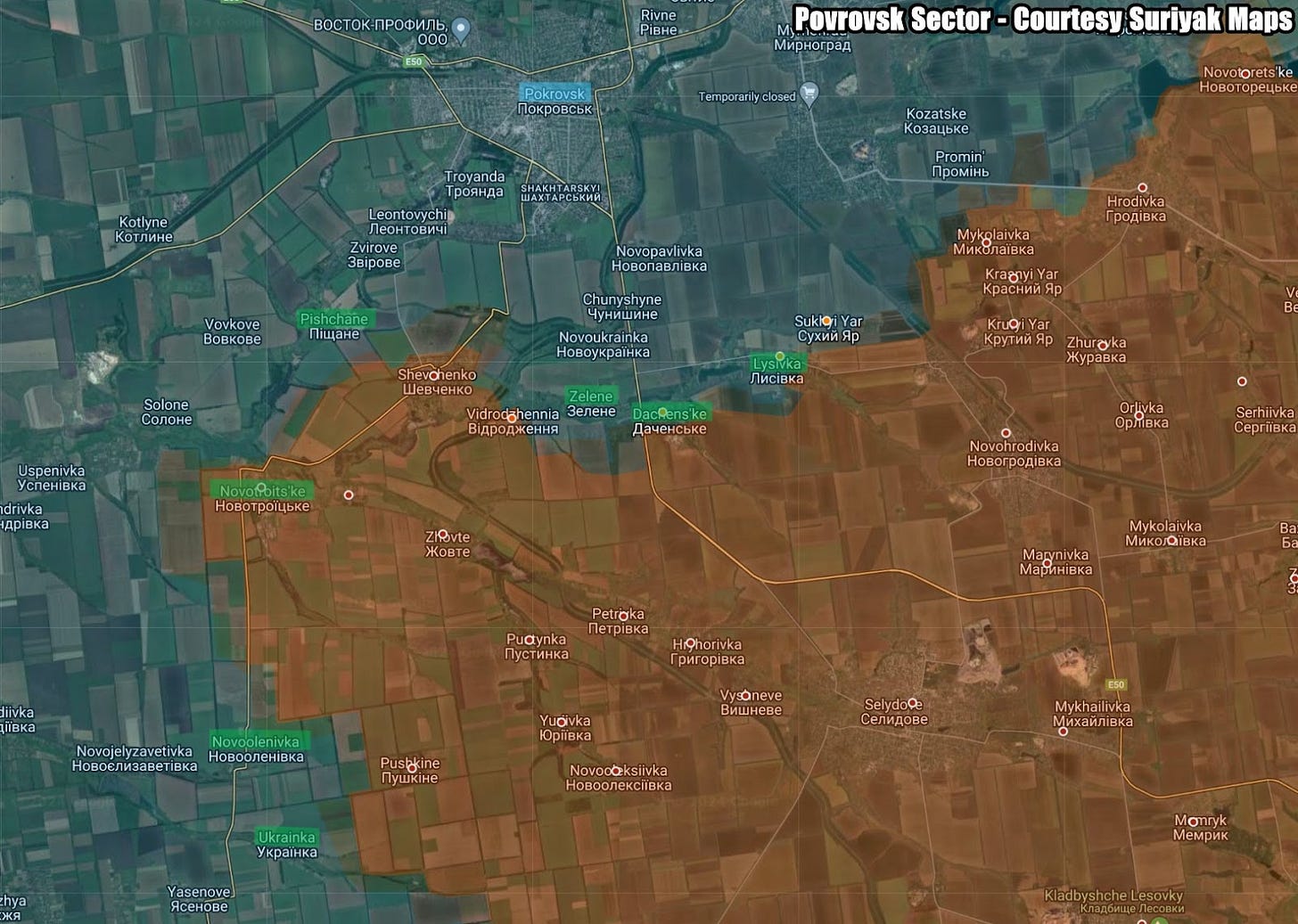
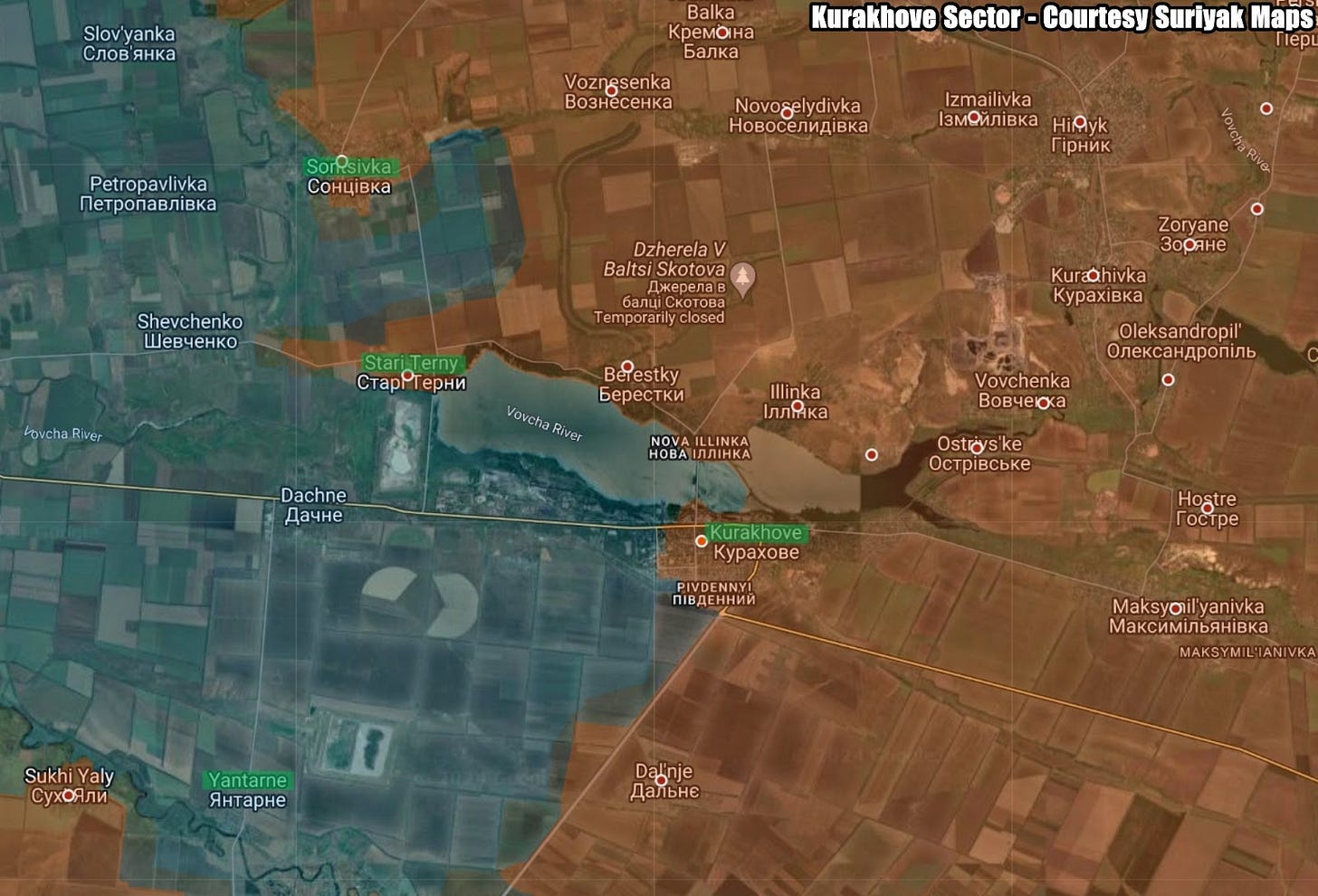
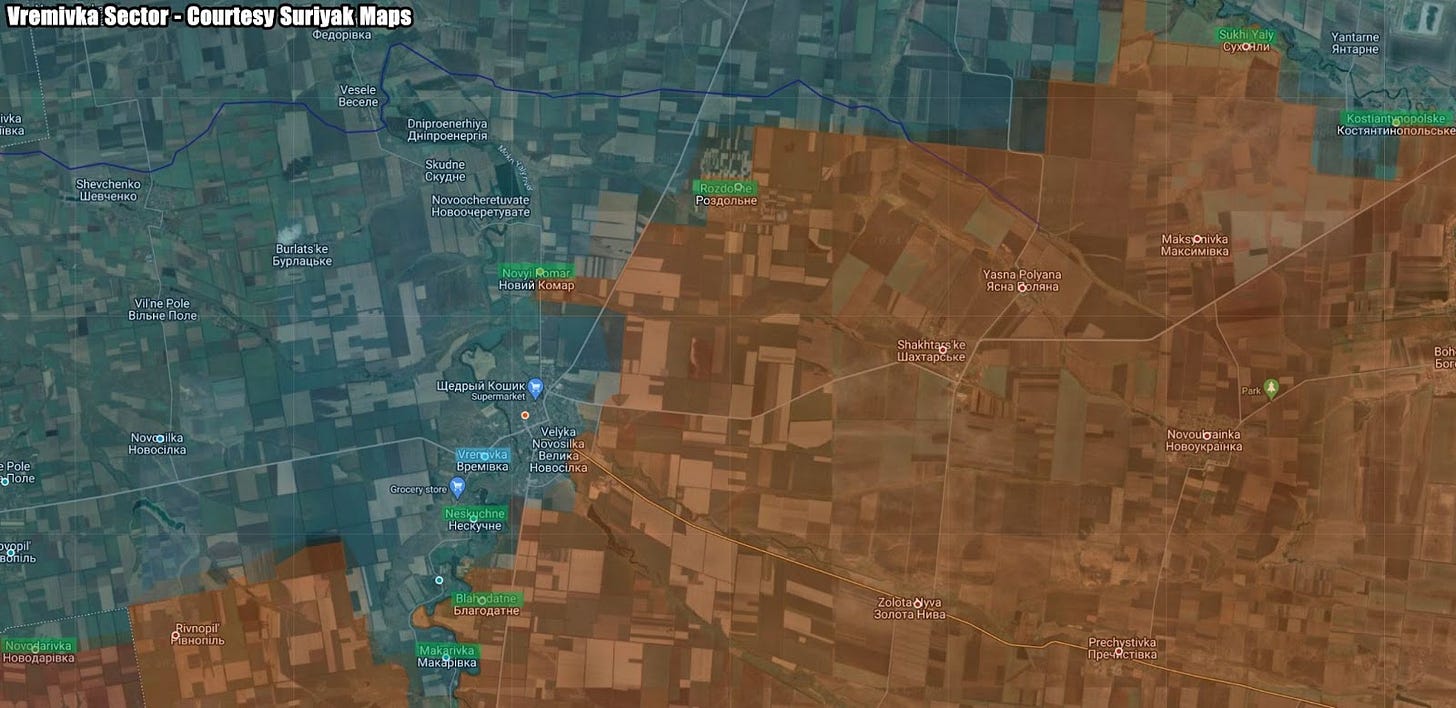
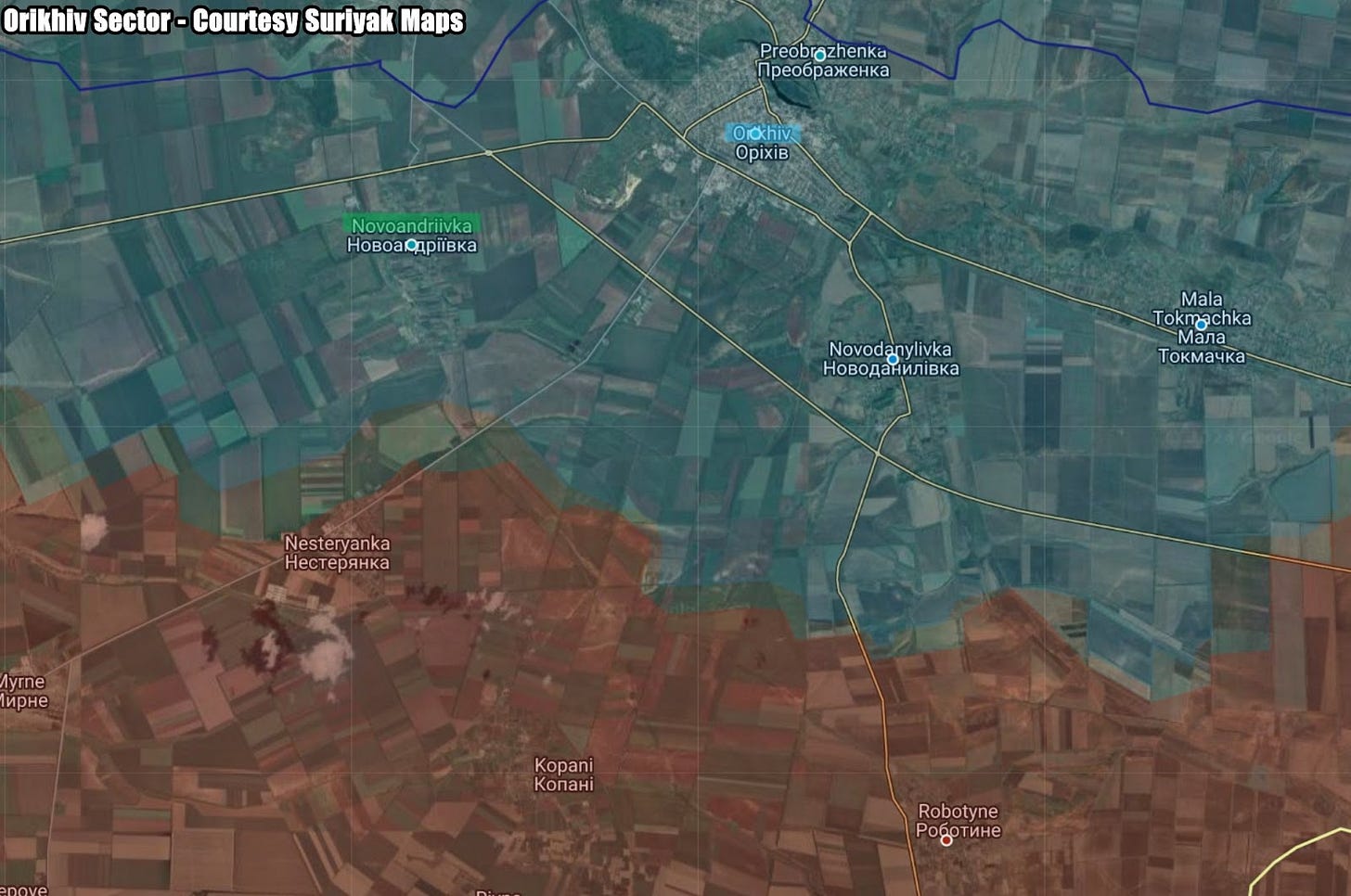

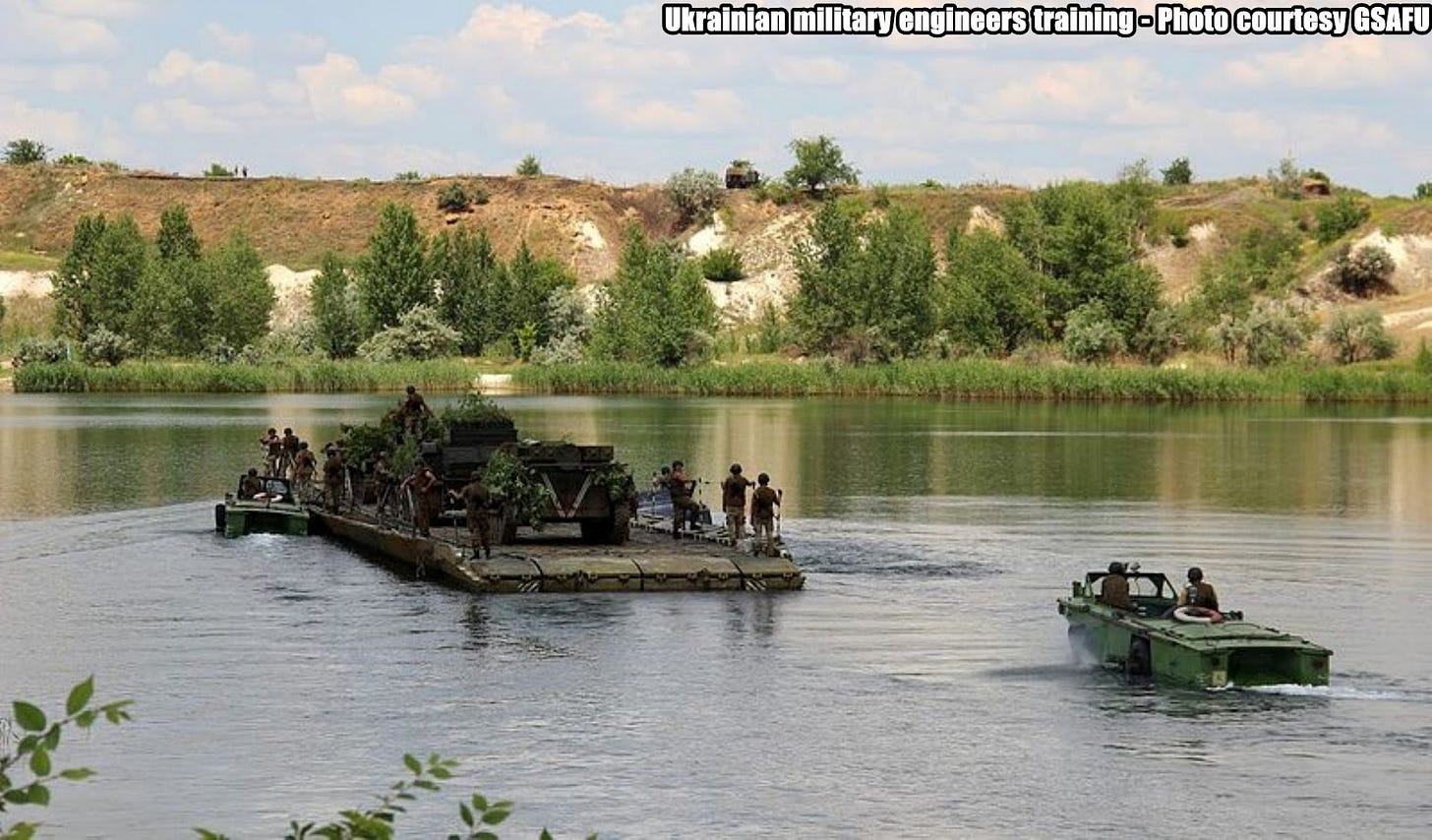
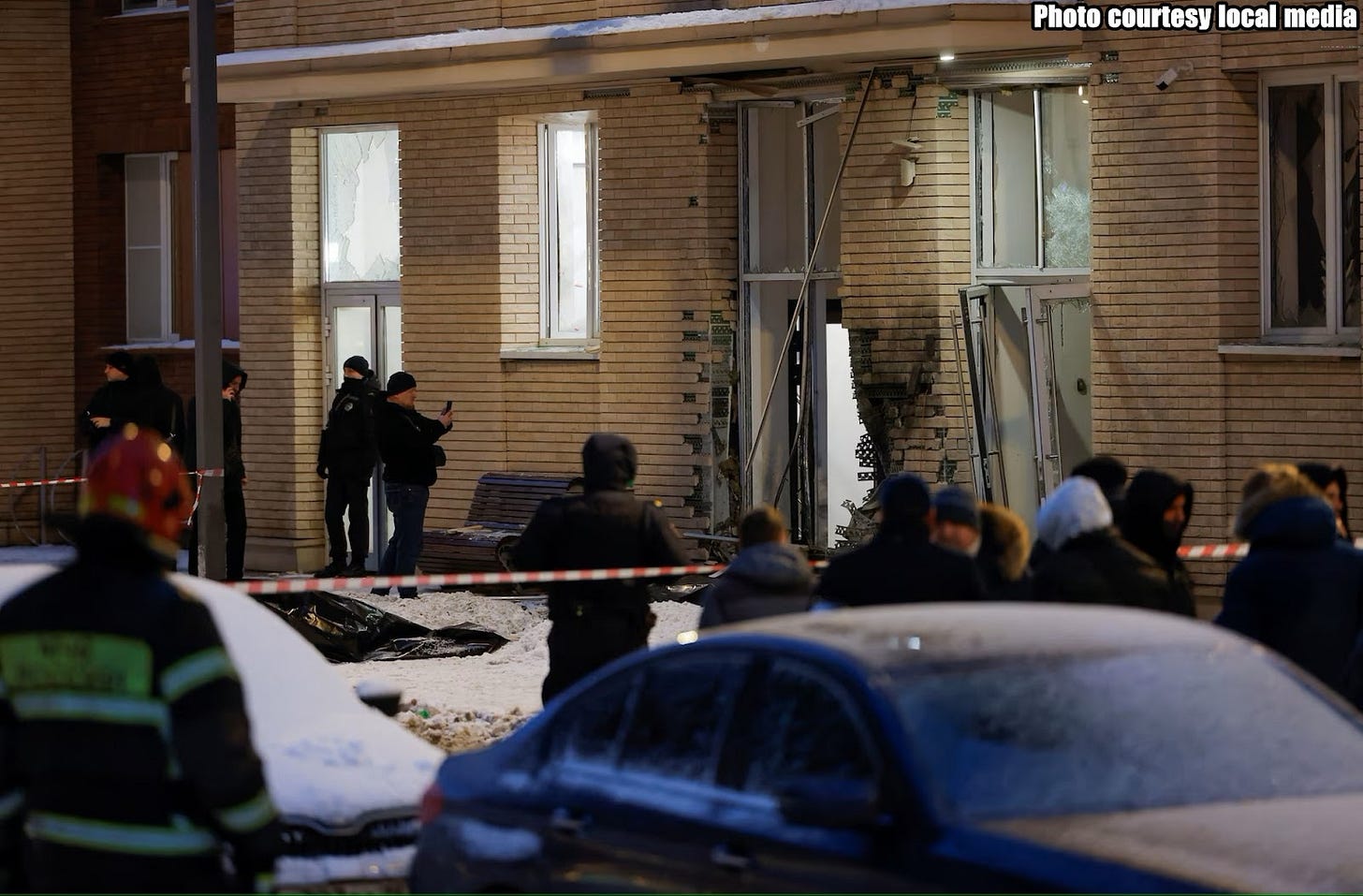

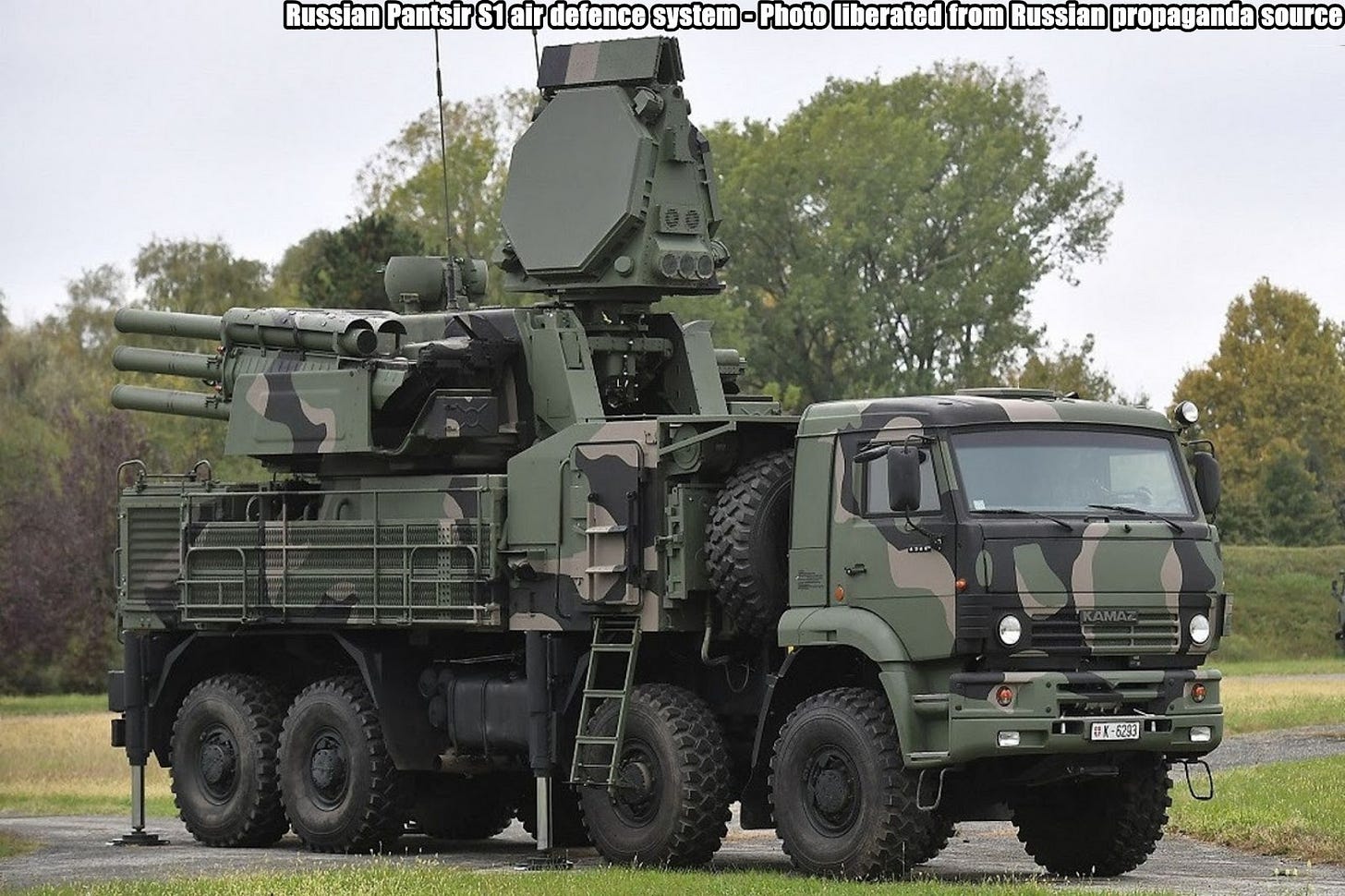

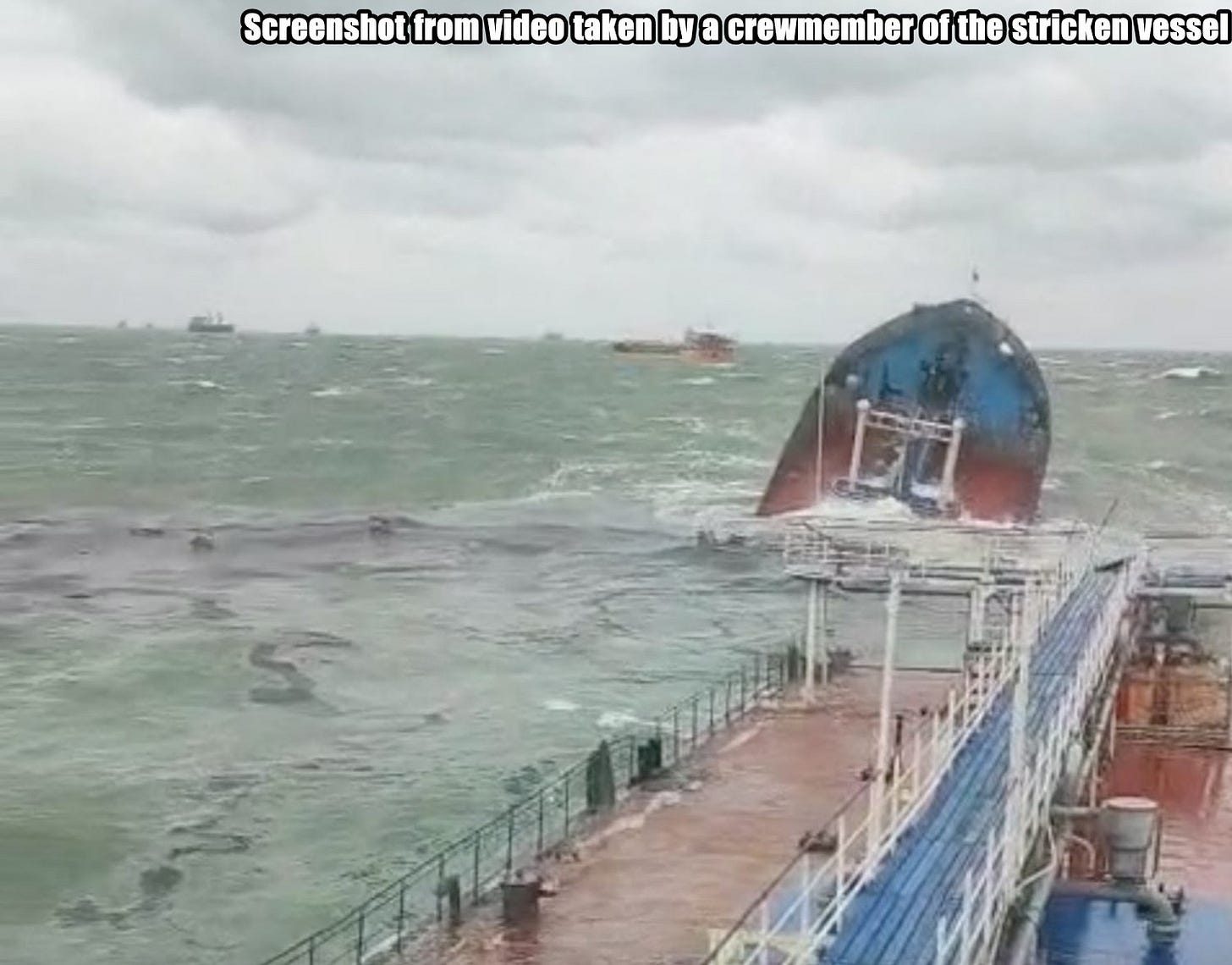
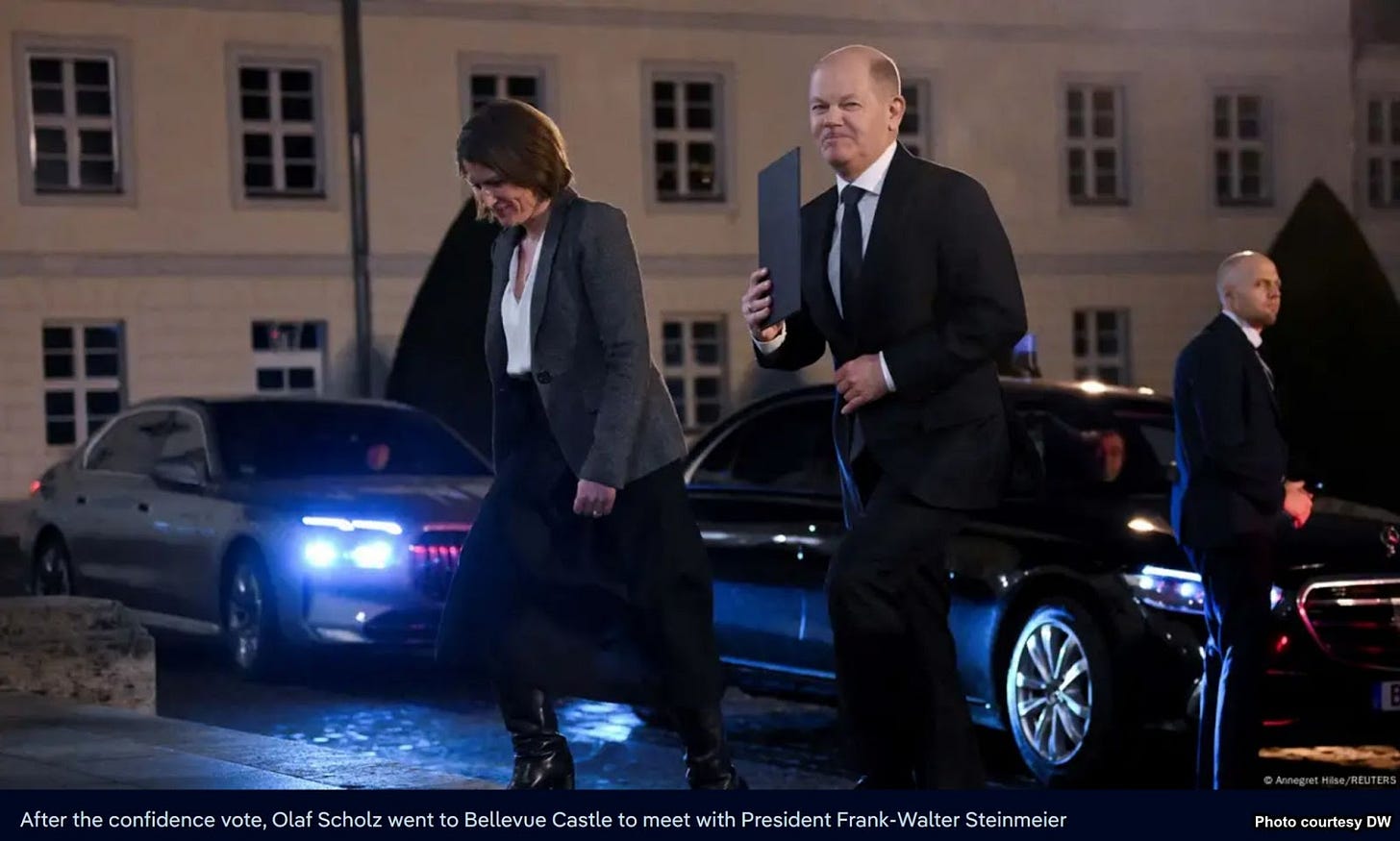



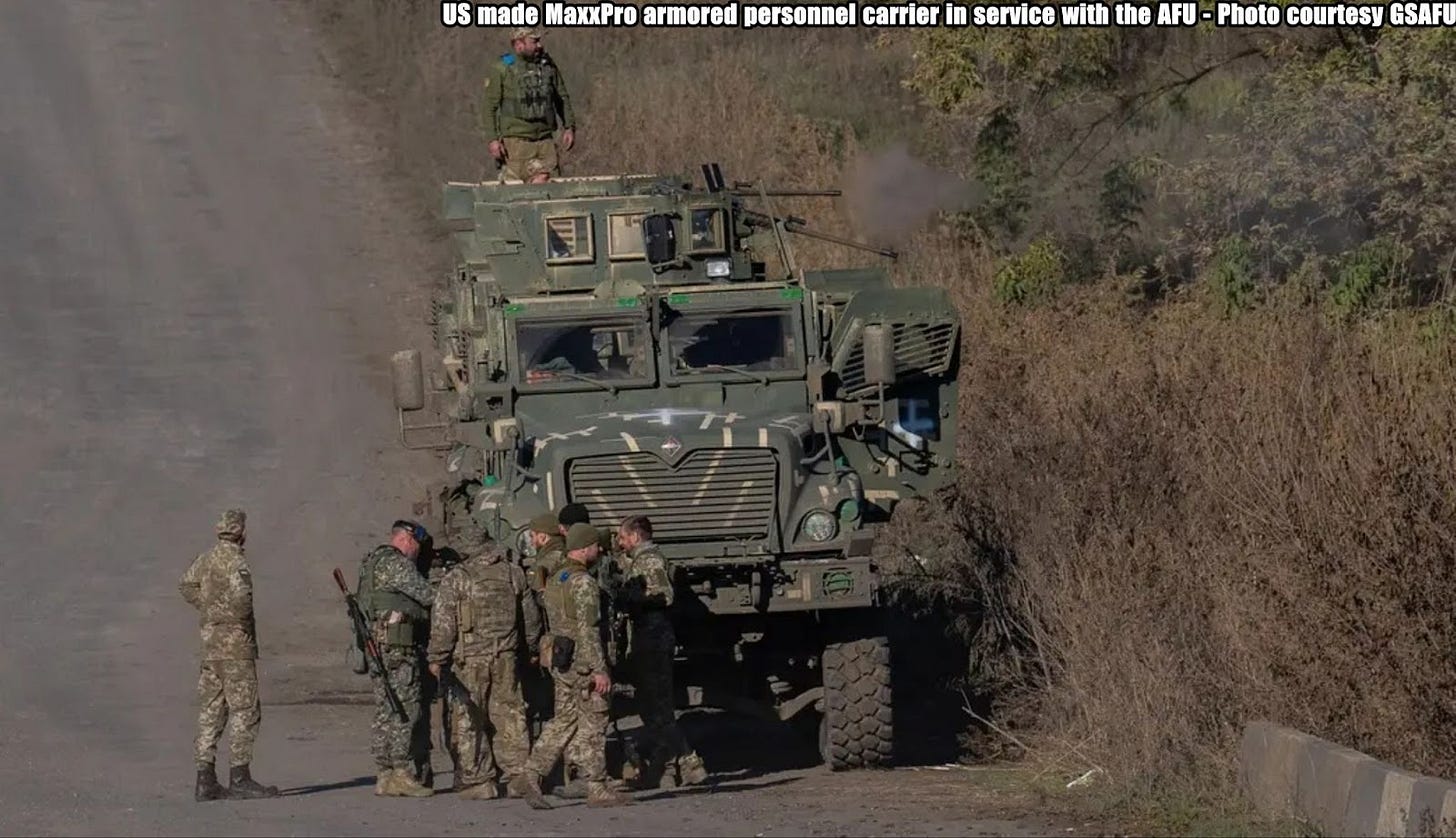


Very detailed and informative my friend.